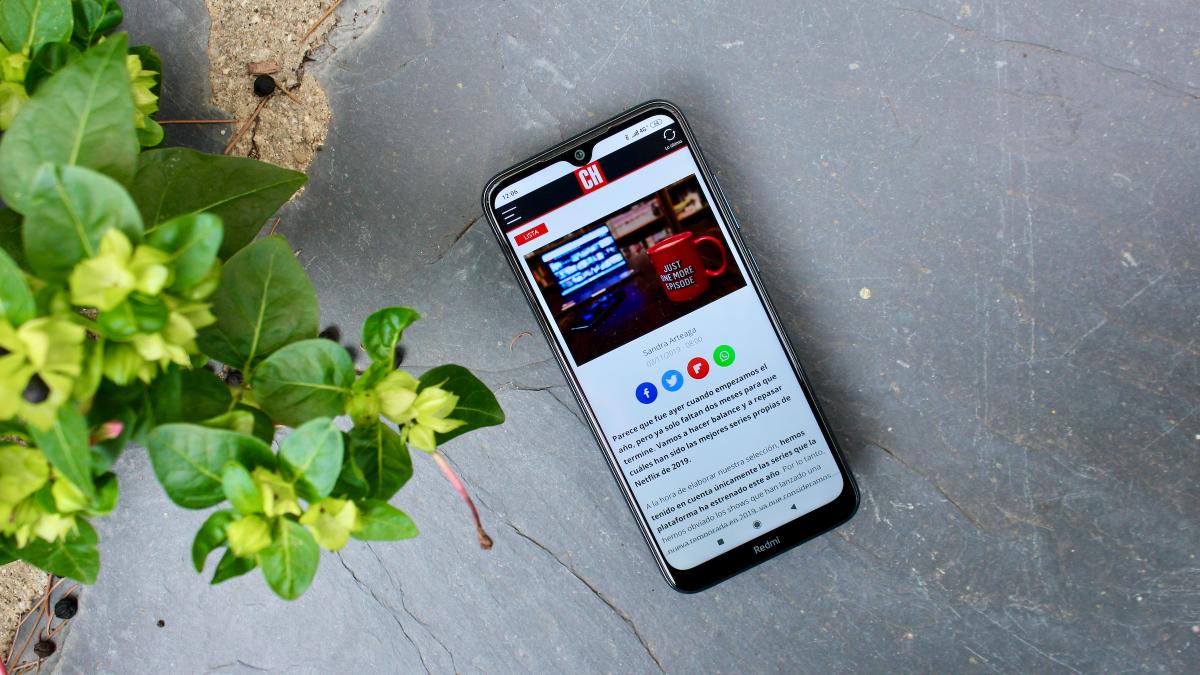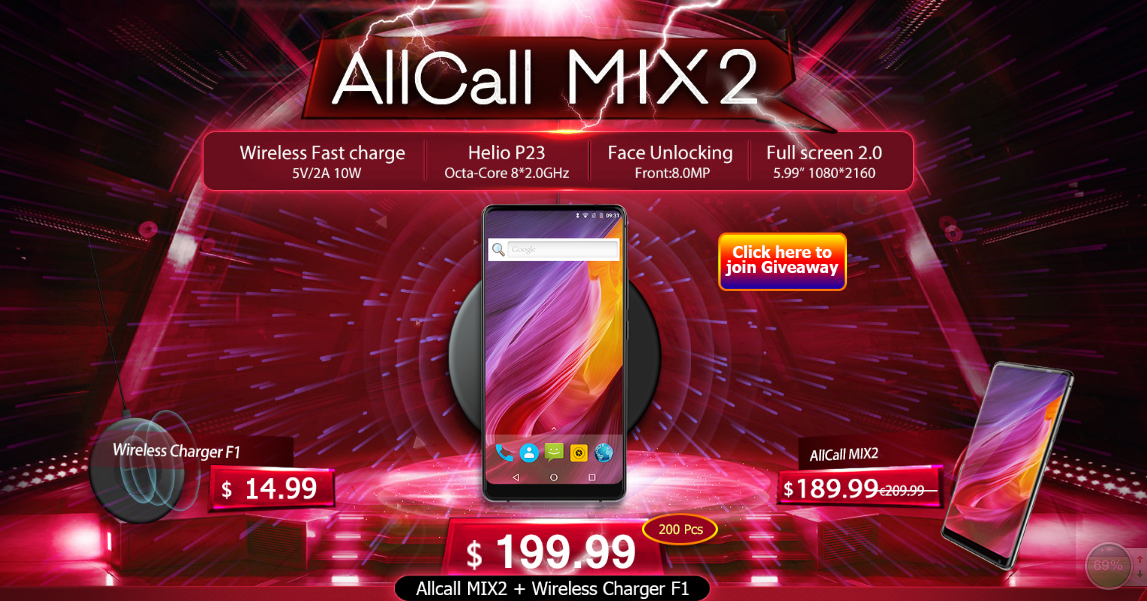On October 22, 2019, according to news from a number of tech media, Sudhanshu 1414 exposed the rear panel of the Redmi Note 8T phone on social networking sites, similar to the appearance of Redmi Note 8. In the early morning of October 23, 2019, Sudhanshu 1414 exposed more renderings of this phone, and the front panel was also exposed. Therefore, for the Redmi Note 8T smartphone, its appearance information has been basically confirmed. On the front of the phone, like the Redmi Note 8, the Redmi Note 8T will continue to use the full-screen design of the drop, but the rendered image shows a relatively wide chin. On the back of the phone, the Redmi Note 8T has four cameras behind the Redmi Note 8, and continues to use the rear fingerprint recognition button configuration. In addition, the breaking information shows that Redmi Note 8T is mainly reflected on the processor compared to Redmi Note 8.
Specifically, recently, according to news from a number of technology media, foreign media exposed the rendering of Redmi Note 8T. Although from the name point of view, Redmi Note 8T should be an upgraded version of Redmi Note 8, or an enhanced version. However, from the renderings, the Redmi Note 8T phone and the Redmi Note 8 look similar, with rear-mounted vertical and four-finger and rear-fingerprint design; in terms of color matching, they are basically the same. Just on the front of the phone, from the renderings, the Redmi Note 8T front panel is similar to Redmi Note 8, using a drop screen design. In the smartphone market of 2019, the water drop screen has become an important trend. For the models of smartphone manufacturers such as Huawei, Xiaomi, OPPO, and vivo, many adopt the design scheme of full-screen water droplets. On the basis of the water drop screen, the border below the Redmi Note 8T will be slightly wider than the other three sides. In this regard, in my opinion, this means that the screen share of Redmi Note 8T is likely to be more difficult than the Redmi Note 8 released in August 2019. Of course, whether it is Redmi Note 8, or Redmi Note 8T, because of the positioning of the thousand yuan machine, the screen ratio is not a factor that users value very much.
At the same time, according to public information on the Internet, in August 2019, Xiaomi’s Redmi mobile phone released the Redmi Note series. Among them, Redmi Note 8 uses a 6.3-inch 1080P resolution drop screen, which accounts for 90% of the screen. For the screen of Redmi Note 8, it is certified by Rheinland Low Light. In the body color, this smartphone has three colors of Gray / Blue / White. For Redmi Note 8, the built-in 4000mAh battery supports 18W fast charge and infrared remote control. In the photo, this thousand yuan machine front 13 million beauty camera, rear set 48 million four camera combination. In this regard, in the eyes of the industry, no surprise, the configuration of the above Redmi Note 8 is likely to continue to be applied to Redmi Note 8T. However, according to previous news, Redmi Note 8T is mainly upgraded on the processor compared to Redmi Note 8.
Finally, for Redmi Note 8, the Qualcomm Snapdragon 665 processor is used. Although the Qualcomm Snapdragon 665 processor is an upgraded version of the Qualcomm Snapdragon 660 processor, the actual running scores of the Qualcomm Snapdragon 665 processor on each running platform are not much higher than the Qualcomm Snapdragon 660 processor. . On this basis, according to the latest information on the Internet, Redmi Note 8T will use Qualcomm Snapdragon 675 processor. For the Qualcomm Snapdragon 675 processor, it has been able to compete with the Qualcomm Snapdragon 710 processor. Therefore, because equipped with Qualcomm Snapdragon 675 processor, Redmi Note 8T will undoubtedly be able to significantly improve the overall performance, in response to Huawei, OPPO, vivo and other smart phone manufacturers thousand yuan machine. In general, for Redmi Note 8T, continue to locate in the thousand yuan machine market, and achieve a significant upgrade on the processor, in order to compete with the same-grade models of smartphone manufacturers such as OPPO and vivo.

